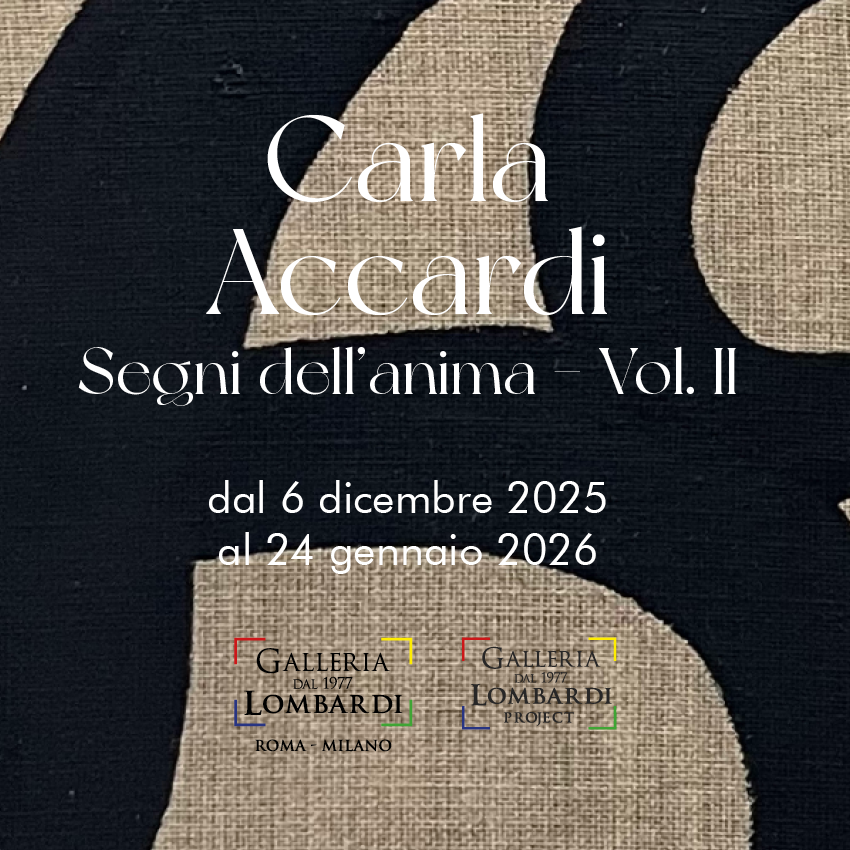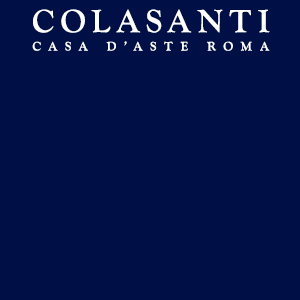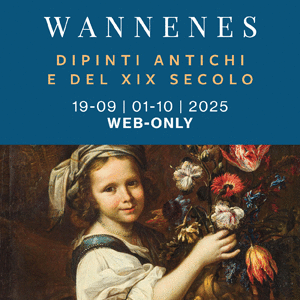Becoming Picasso: Paris 1901
14 February to 26 May 2013
This exhibition tells the remarkable story of Pablo Picasso’s breakthrough year as an artist – 1901. Focusing on his figure paintings, it brings together an extraordinary group of works to explore the young Picasso’s rapid artistic development during this single year, which launched his career and reputation in Paris. These major paintings will be reunited from international public and private collections, making this a remarkable opportunity to experience Picasso’s very first masterpieces.
1901 was a momentous and turbulent year for the nineteen-year-old Picasso (1881-1973). He spent the first part of it in Madrid but his sights were firmly set upon becoming a great painter in Paris, the arts capital. His first visit to Paris, at the end of 1900, had fuelled his ambitions and led to the prospect of an exhibition with one of the city’s most important modern art dealers, Ambroise Vollard. As he prepared for the show, he received the news that his closest friend, Carles Casagemas, had committed suicide – shooting himself in a Paris restaurant in front of a former lover. The tragedy would have a profound impact upon his art as the year unfolded.
Picasso left for Paris at the end of May with around twenty paintings and barely a month to produce enough work for the Vollard exhibition. Once there, he painted unstintingly, sometimes finishing three canvases in a single day. This great outpouring of creative energy resulted in more than sixty paintings for the exhibition. The works show Picasso’s desire to take on and reinvent the styles and motifs of his artist heroes, such as Van Gogh, Degas and Toulouse-Lautrec. The Vollard show was a success and launched Picasso’s career in Paris. However, despite this, he immediately took his art in new directions.
The spectre of Casagemas’ death inspired Picasso to produce a new group of subjects. They constitute one of his greatest early achievements and with them he found his own artistic voice. The paintings are typically muted in tone with strong outlines and anticipate his famous Blue period. They often depict isolated figures in sparse surroundings and include an extraordinary series of drinkers at café tables, such as Harlequin and Companion, The State Pushkin Museum, Moscow. The works strongly express Picasso’s preoccupation with themes of innocence and experience, purity and corruption, life and death. These concerns come together in his large-scale canvas, The Burial of Casagemas, Musée d’art moderne, Paris, Picasso’s valediction to his dead friend, which will be the centrepiece of the exhibition.
These paintings are today celebrated as being among Picasso’s most important and profound early works. Becoming Picasso: Paris 1901 will powerfully demonstrate the young Picasso’s extraordinary creative achievements in this breakthrough year and will explore the birth of his artistic genius. The exhibition will be accompanied by a fully illustrated catalogue with essays by leading and emerging scholars in the field of Picasso studies.










